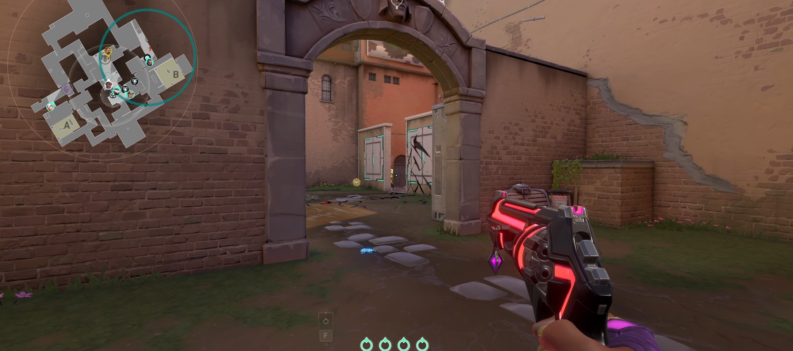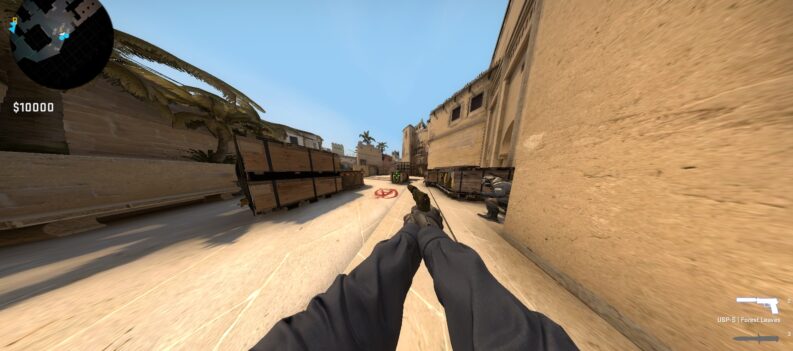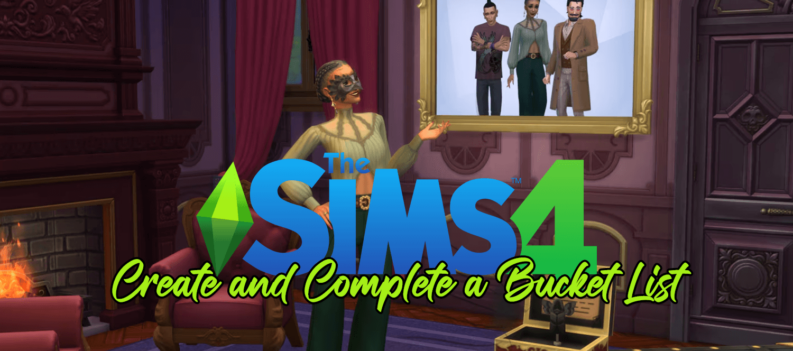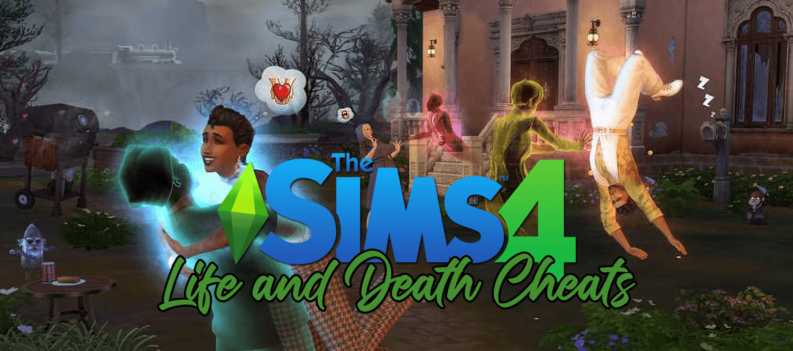Although not as immensely popular as it once was, Hearthstone still sees a whole lot of competitors that drive the meta ever forward. One of the more enduring decks that always seems to make a comeback, whenever a new expansion comes out, is the Combo Priest. In this article, we’ll show you tips and tricks on how to play Combo Priest in Hearthstone, and the cards needed to properly make the deck run.

What Cards Do You Need for Combo Priest?
With the ever-changing cards brought about by Hearthstone’s expansions, the deck list for a Combo Priest is always changing. There are some cards though that many users of the deck find to be staples. These core cards are:
0 – cost cards
- Circle of Healing
1 – cost cards
- Northshire Cleric
- Inner Fire
- Renew
2 – cost cards
- Wild Pyromancer
- Sethekk Veilweaver
- Injured Tol’vir
- Neferset Ritualist
- Divine Spirit
- Shadow Visions
3-cost cards
- Acolyte of Pain
- Kabal Talonpriest
- Velen’s Chosen
Both Divine Spirit and Inner Fire are obvious choices. This is where a lot of your damage-dealing potential will come from. The point of the Combo Priest deck is to increase the health of a minion and then convert that health to attack power. Divine Spirit doubles a minion’s health, then suddenly casting Inner Fire converts that minion’s attack to equal its health points.
The core cards have a good number of healing spells, as maintaining max health is important to a Combo Priest. There are also several cards that allow you to draw when you heal, cast a spell, or damage a particular minion. This allows you to cycle through your deck quickly and pick up both Divine Spirit and Inner Fire and place them in your hand. As both spells cost only 3 mana to cast at the same time, you can see how this combo can be a real threat to any opponent that is unprepared for the sudden burst of damage.
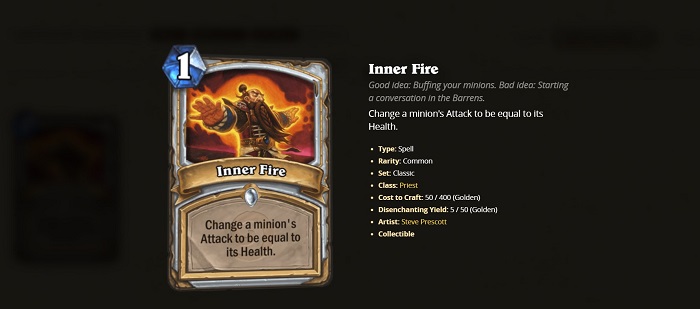
The next set of cards, known as the Dragon Package has several dragon-related spells, minions that run on high health, and damage synergy. A good number of Dragons come with high health but low damage that can be summoned with relatively low mana. This is perfect for the Inner Fire and Divine Spirit combo. These cards are:
1 – cost cards
- Cleric of Scales
- Twilight Whelp
2 – cost cards
- Netherspire Historian
- Wyrmrest Agent
4 – cost cards
- Twilight Guardian
- Duskbreaker
- Twilight Drake
5 – cost cards
- Drakonid Operative
These cards consist of Dragons and spells that synergize when you have Dragon cards in your hands. This is optimal, as Dragon cards are usually high cost and there stay longer on your hand rather than in play. Once you have enough mana to summon them, the synergy causes you to either search for more dragons or buff the ones that you’re about to summon. A buffed dragon plus the Inner Fire and Divine Spirit combo can be devastating on an opponent.
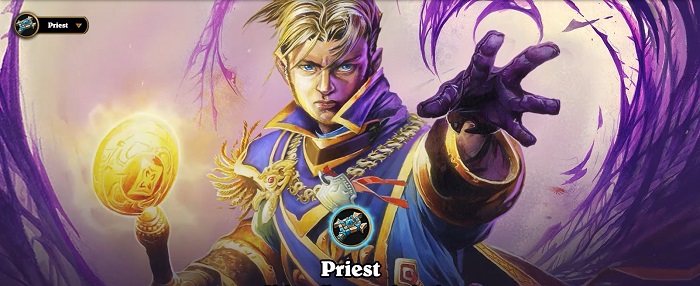
The next cards on the list are optional. These are meant for you to fill out the 30-card requirement of a deck. These aren’t the end all and be all of the deck list, as there are a lot of other cards that can fulfill the low attack high health requirement. Walls, for example, are a good candidate as they often meet the criteria and aren’t mana hungry as well. The cards are the following:
0 – cost cards
- Power Word: Shield
- Silence
- Topsy Turvy
- Forbidden Words
1 – cost cards
- Stonetusk Boar
- Lightwarden
- Zombie Chow
- Potion of Madness
2 – cost cards
- Radiant Elemental
- Divine Hymn
3 – cost cards
- Apotheosis
- Injured Blademaster
- Deathlord
- Gnomeregan Infantry
- Madame Lazul
- Extra Arms
- Breath of the Infinite
4 – cost cards
- Bone Wraith
- High Priest Amet
- Witchwood Piper
- Psychopomp
- Mass Dispel
- Greater Healing Potion
5 – cost cards
- Convincing Infiltrator
- Sandhoof Waterbearer
- Loatheb
- Mass Hysteria
6 – cost cards
- Lady in White
8- cost cards
- Shadowreaper Anduin
9 – cost cards
- Plague of Death
How Exactly Do You Play a Combo Priest?
As you can see from the deck list, most of the spells and creatures cost 5 mana or less. Even the core cards don’t have any card that costs more than 3 mana. This means that you can lay down punishment in the early game and then lay down bigger minions once you get to the end game.
The threat of the Inner Fire and Divine Spirit combo, even by the third turn, or second, if you go first, can unnerve opponents. Having the Northshire Cleric during the mulligan stage is always a good start, as you’ll be healing your creatures frequently anyway. Having the Cleric there means that you’ll be able to cycle through your deck quickly. Summoning High Priest Amet early on can also wreak havoc on your enemy, ensuring that any creatures that you play while he’s there comes in at 7 health, no matter their original health points. The Neferset Ritualist also works in combination by restoring damaged minions back to their original health values.
The point of playing the Combo Priest is to keep all your minions healthy and then hit back when your opponent least expects it.
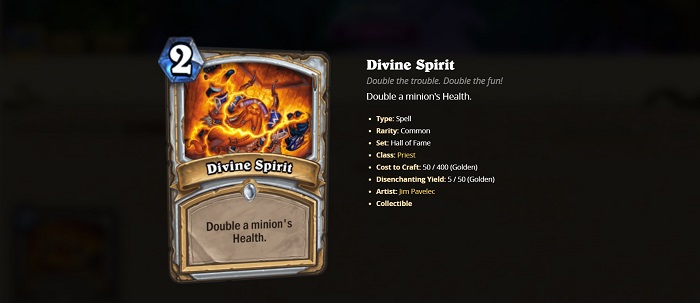
A Versatile Deck
Combo Priest has existed in one form or another even during the early days of Hearthstone. That it still maintains its presence in the meta is a testament to how versatile this deck is.
Do you know of other ways to play Combo Priest in Hearthstone? Share your thoughts in the comments section below.



